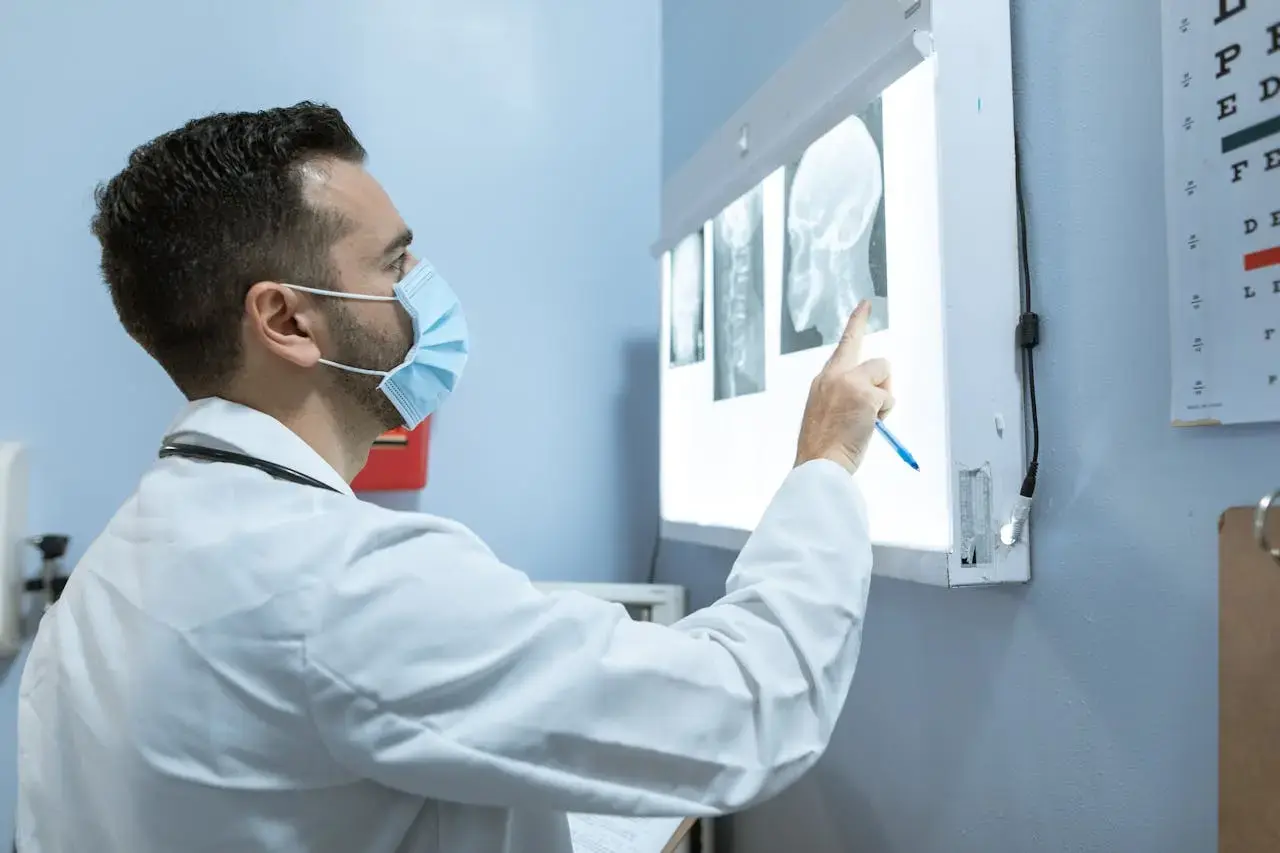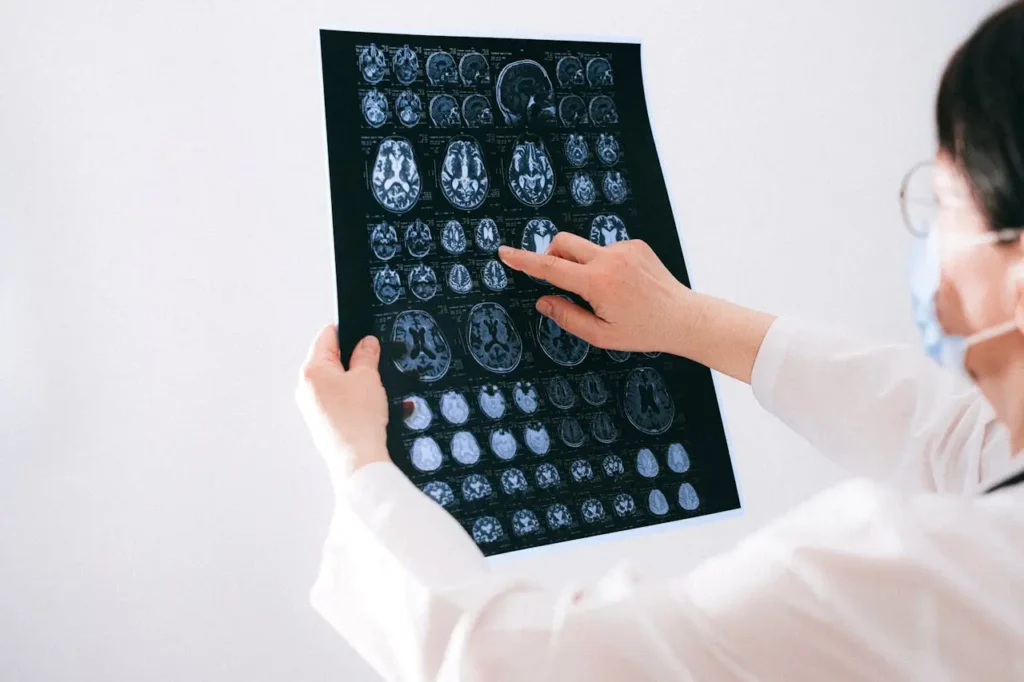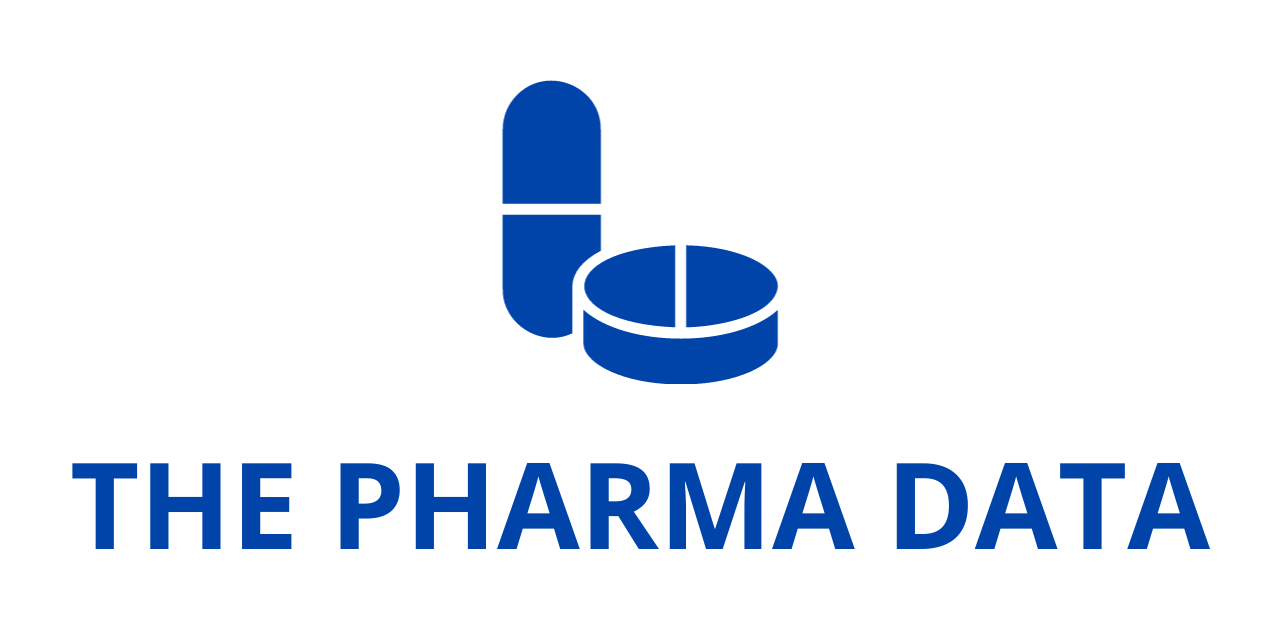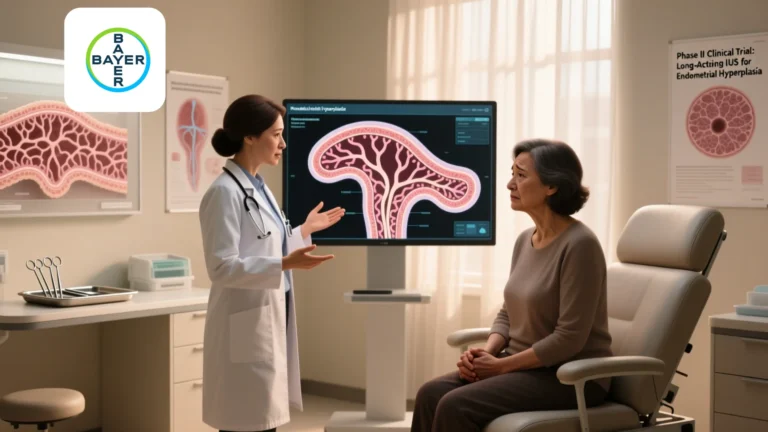
UniQure’s Huntington’s Breakthrough Brings Hope to Patients but Experts Urge Caution
Pivotal results from uniQure’s gene therapy for Huntington’s disease have brought new light to patients who have known only disappointment in recent years—but one expert worries that communication of the results is creating “false expectations.”
There are some therapeutic areas where hope can be in particularly short supply. Maybe that’s why, when Dutch biotech uniQure announced highly positive three-year data from its gene therapy for Huntington’s disease last month, industry and mainstream media exploded with excitement, triumph and, most of all, hope—for patients and families facing one of the world’s most devastating diseases.
We never in our wildest dreams would have expected a 75% slowing of clinical progression,” Sarah Tabrizi, professor of clinical neurology and director of the University College London Huntington’s Disease Center, told BBC News at the time.
Indeed, at three years, a single high dose of AMT-130 largely maintained the 80% benefit patients had seen at two years in the same trial, a result that “clearly exceeded expectations,” according to analysts at Stifel. uniQure’s shares rocketed up 248% on Sept. 24, as BBC News declared that Huntington’s had been successfully treated for the first time.
UniQure CEO Matt Kapusta has also been following reactions to the announcement on social media—through the eyes of his 16-year-old daughter, who, like most teenagers, gets her news from TikTok. “She’s forwarding me videos of family members telling their loved ones with Huntington’s about this and seeing the reaction,” he told BioSpace. “It’s really humbling. It really is.”
At the same time, Ignacio Munoz-Sanjuan, CEO and chairman at Rumi Scientific and president of the Huntington’s-focused non-profit Factor-H, cautioned against communicating the results in a way that generates unrealistic expectations at this stage of clinical development.
In an interview with BioSpace, he recalled a similar reaction to Roche’s tominersen, when the drug candidate was shown to lower mutant huntingtin (mHTT) levels in the cerebrospinal fluid. “I remember getting calls from people saying, ‘How can I access this drug?’ And it’s like, this drug is in Phase I,” he said. A Phase III trial of tominersen was ultimately halted due to a lack of efficacy and an unfavorable safety profile.
Early communications by clinicians “created a false expectation,” Munoz-Sanjuan said, referencing Tabrizi, as well as her colleague Ed Wild, specifically, “and they’ve done it again with uniQure.”

Imagining a Future
New hope is always sweetest on the heels of stark disappointment—something the Huntington’s community knows all too well. The past five years have seen clinical failures from Roche, Wave Life Sciences and Sage Therapeutics, and the folding of Huntington’s-focused Triplet Therapeutics, as drug developers struggled to strike a delicate balance of selectively lowering the mHTT protein while preserving the neuroprotective wild-type protein.
Caused by a CAG repeat in the first exon of the huntingtin (HTT) gene, Huntington’s is a genetic, neurodegenerative disease that strikes patients during the prime of their lives—typically in their 30s and 40s—and is passed down to half of the next generation.
Children watch, through a teenager’s eyes, a parent slowly degenerating and losing a father or mother and then get older knowing that they’re at risk for it,” Kapusta said. “To have a genetic medicine that presents an option for them, where you have the potential to meaningfully slow the progression of the disease and give them years of independence, potentially, and valuable relationships and being in jobs . . . that’s what we hope.”
And just how long could AMT-130 slow disease progression? UniQure is currently conducting an analysis to find out, Kapusta shared. While acknowledging that these projections are difficult, he said “there’s really no biological reason why you would see a waning of effect” from the treatment. With gene therapies for liver-directed diseases, there is concern about loss of effect due to a relatively high cell turnover rate, Kapusta explained. But that shouldn’t be the case with AMT-130, which is delivered to the brain where you really have a very slow turnover rate of neurons.”
In a note to investors on Sept. 24, Truist Securities wrote that uniQure’s 3-year data was a “rising tide [that] lifts all boats” and that “AMT-130’s results validate mHTT knockdown as a viable therapeutic strategy for HD,” with positive readthrough for programs in development by PTC Therapeutics and Wave Life Sciences.
Wave CEO Paul Bolno welcomed uniQure’s results. “The community really needed good news, because it has been a challenging area, and I think for everybody to see that there’s a path forward and hope is great,” he told BioSpace, adding that there’s a positive net effect on research.
What we saw, and I think what others are seeing in the space too, is it means that more patients are interested in clinical trials. It means more people want to participate,” he said. “I think hope is very important for the community.”



